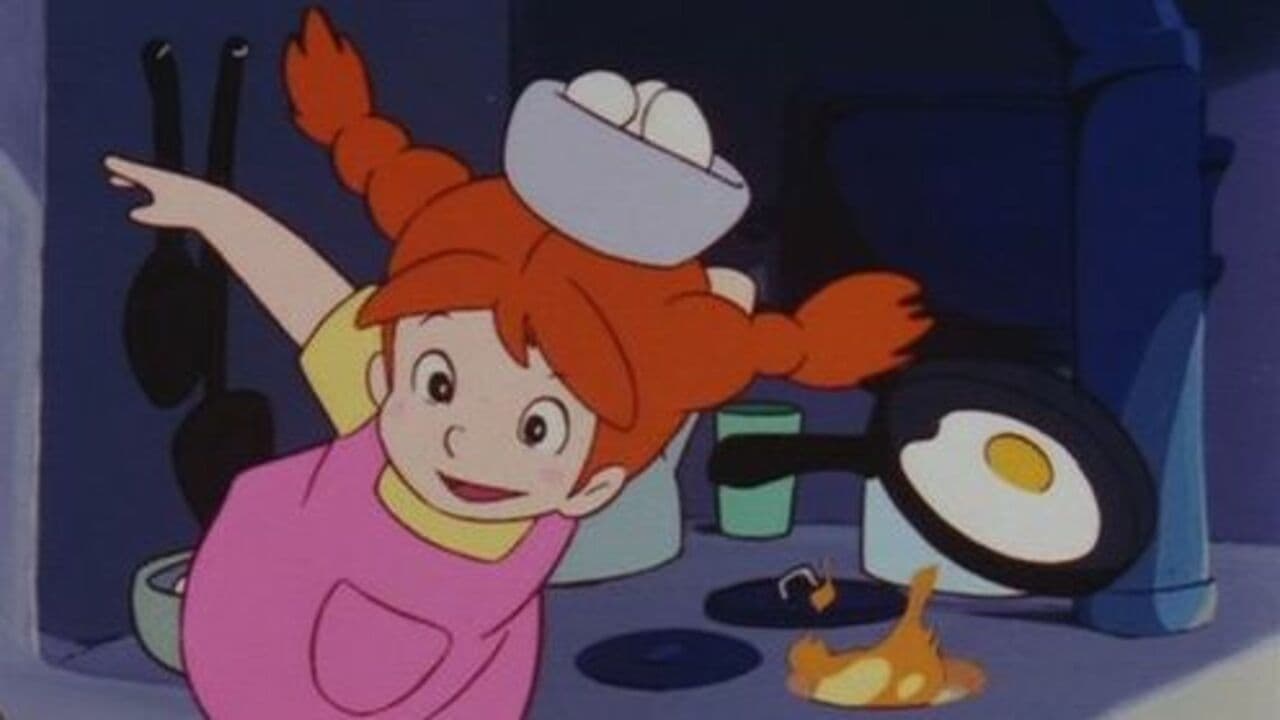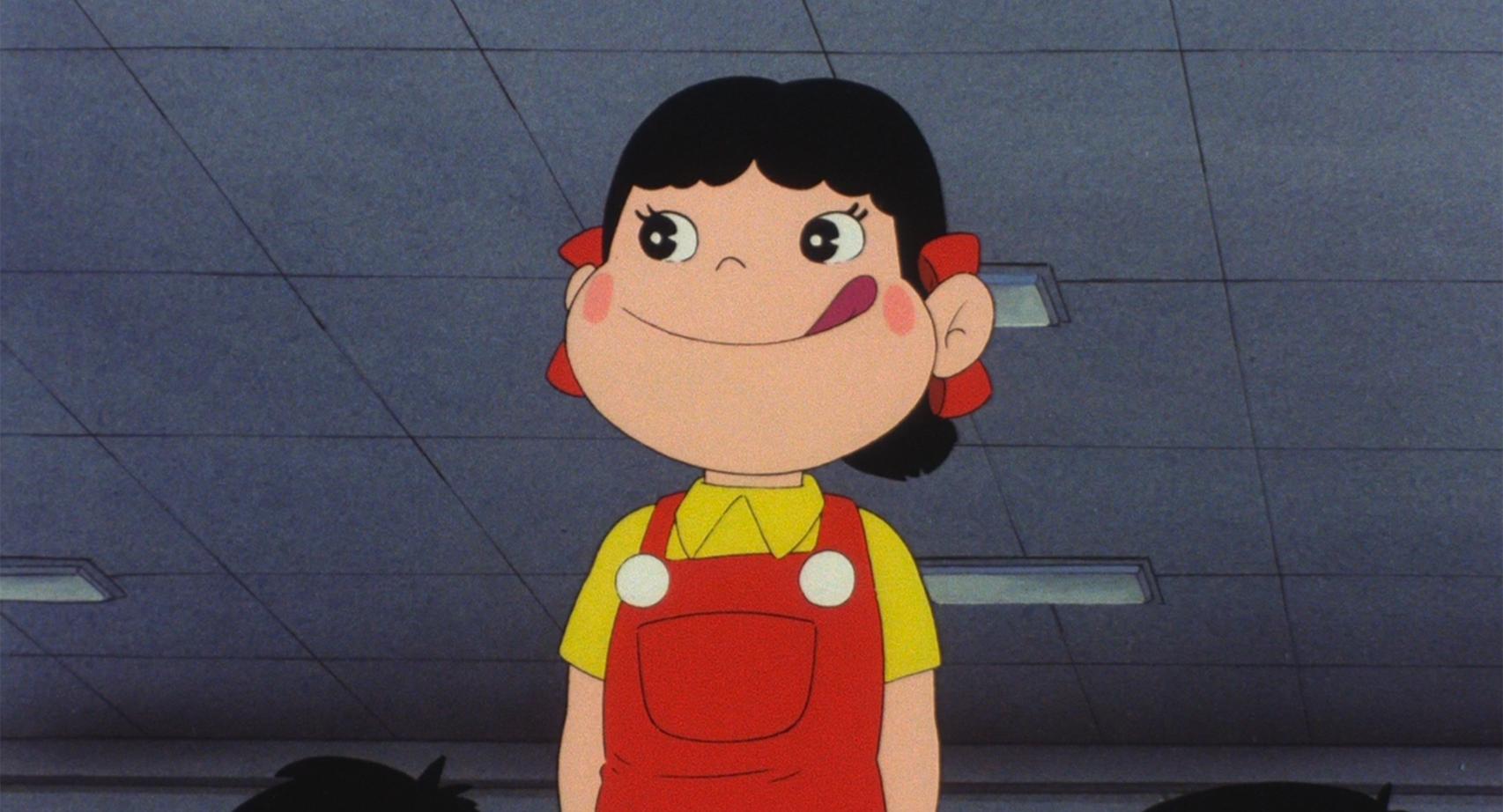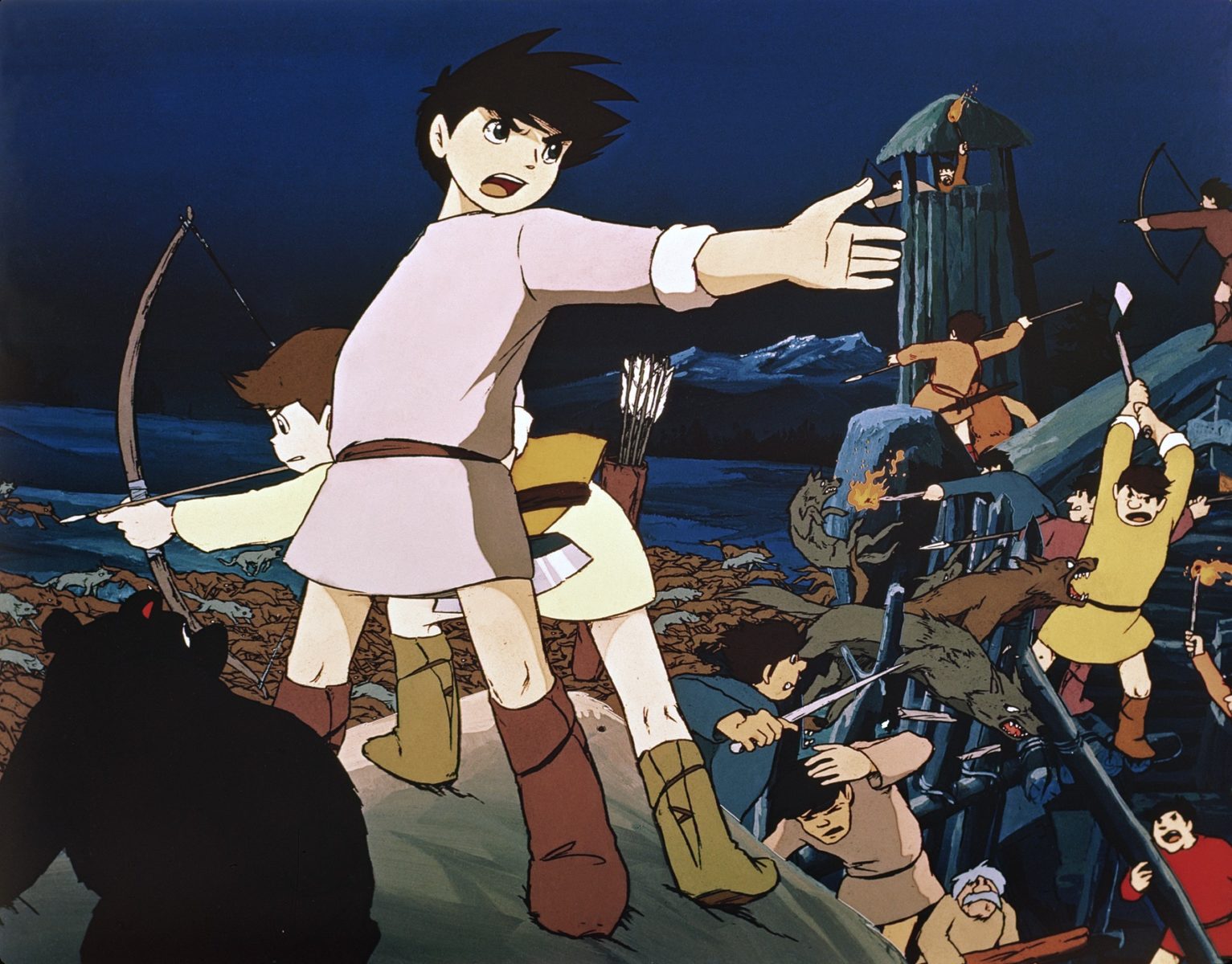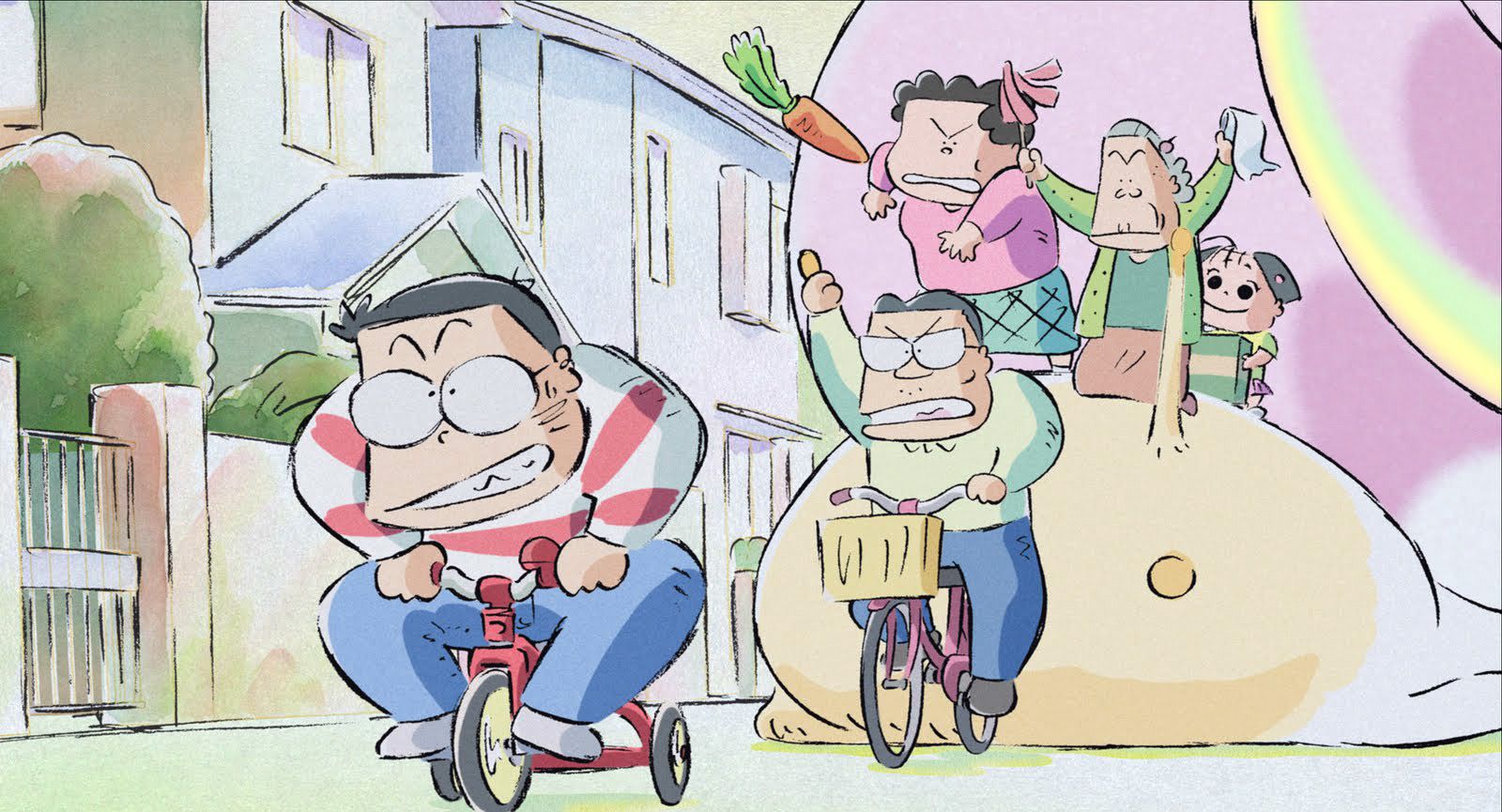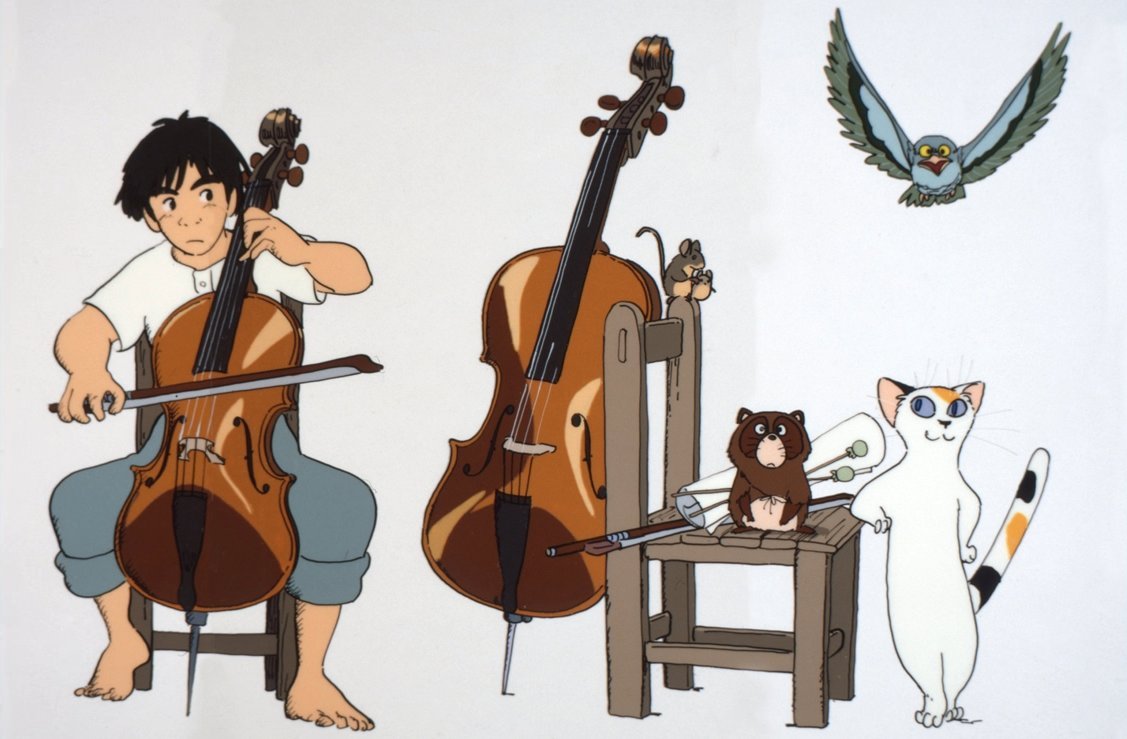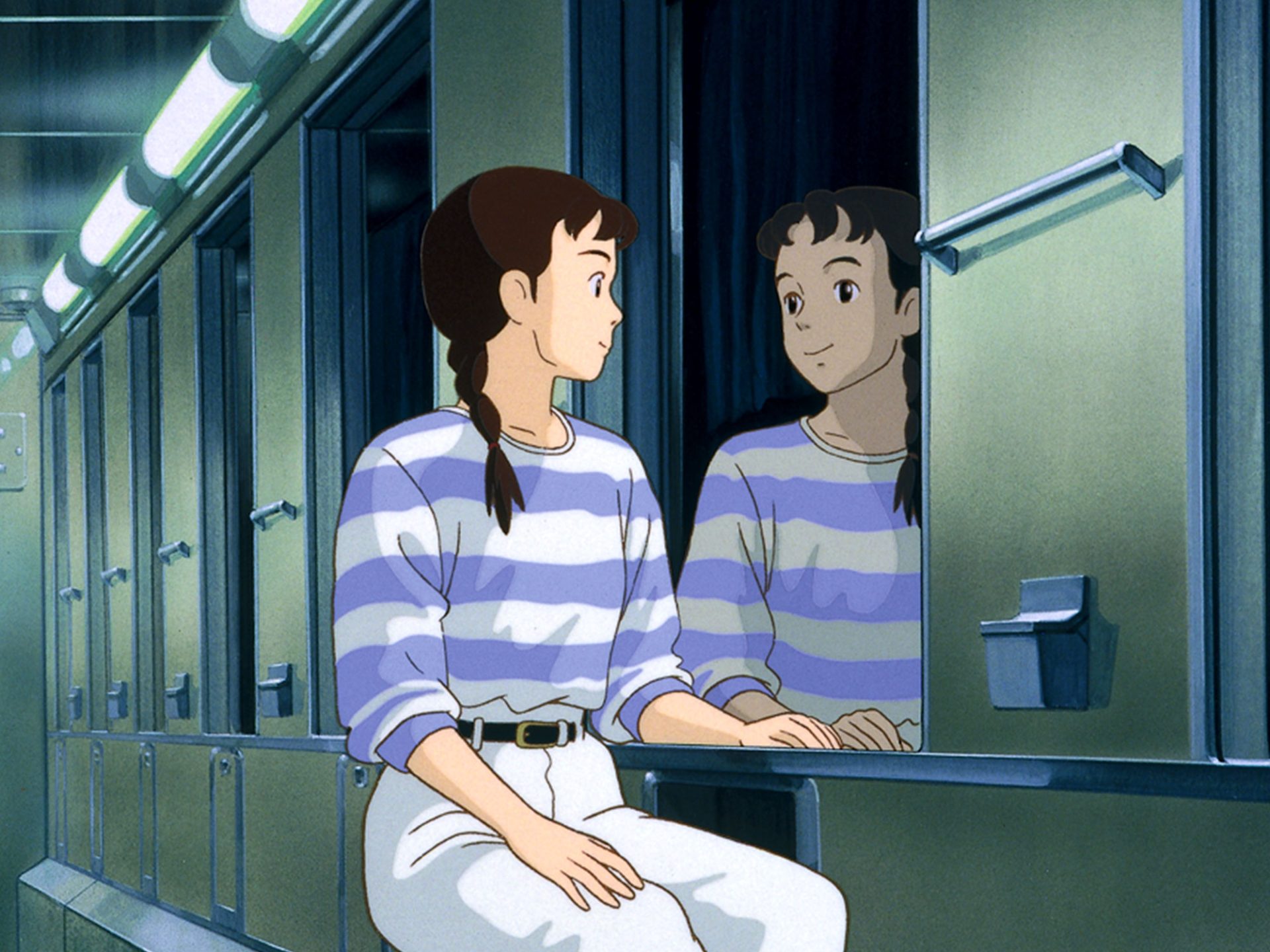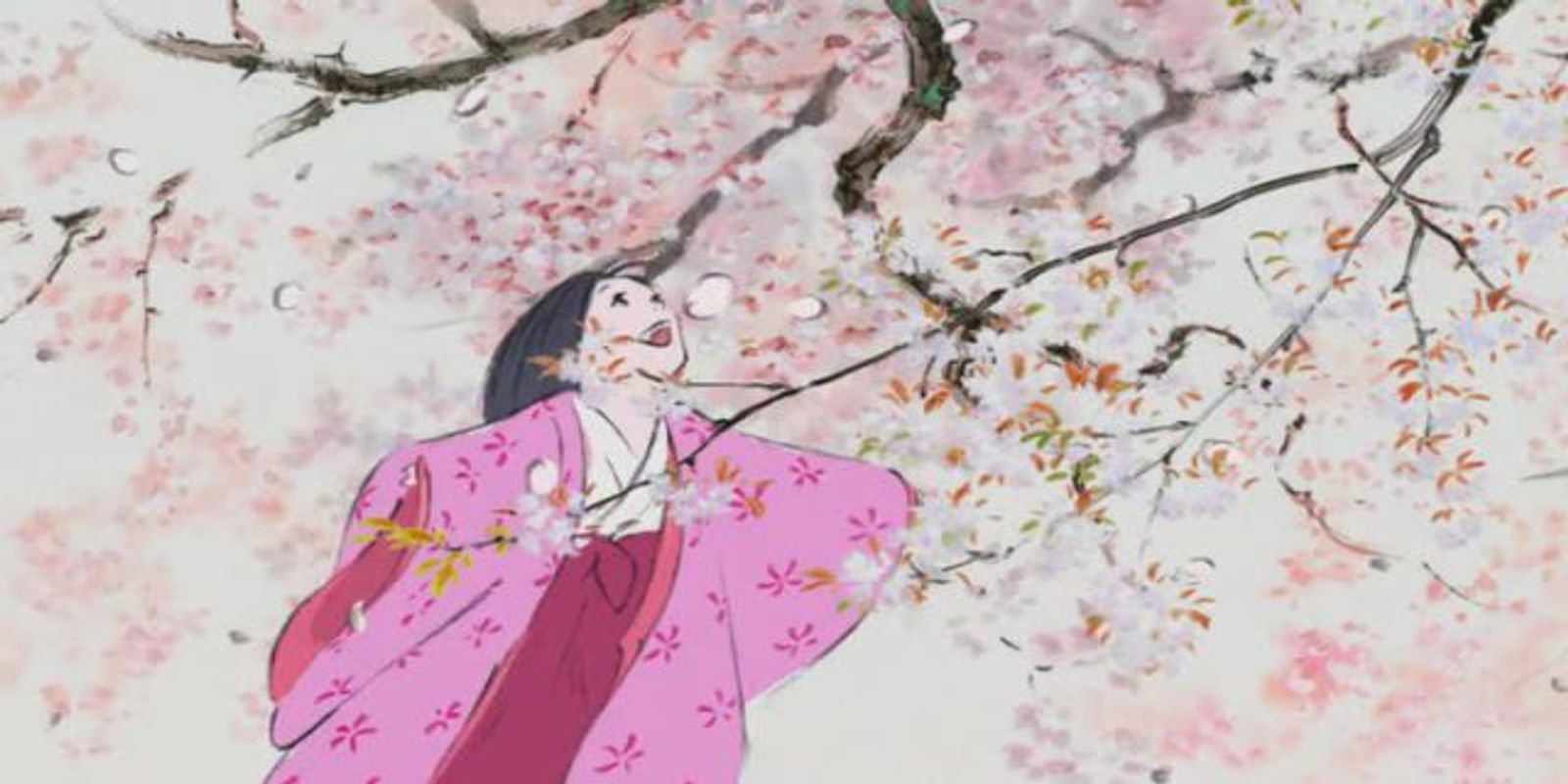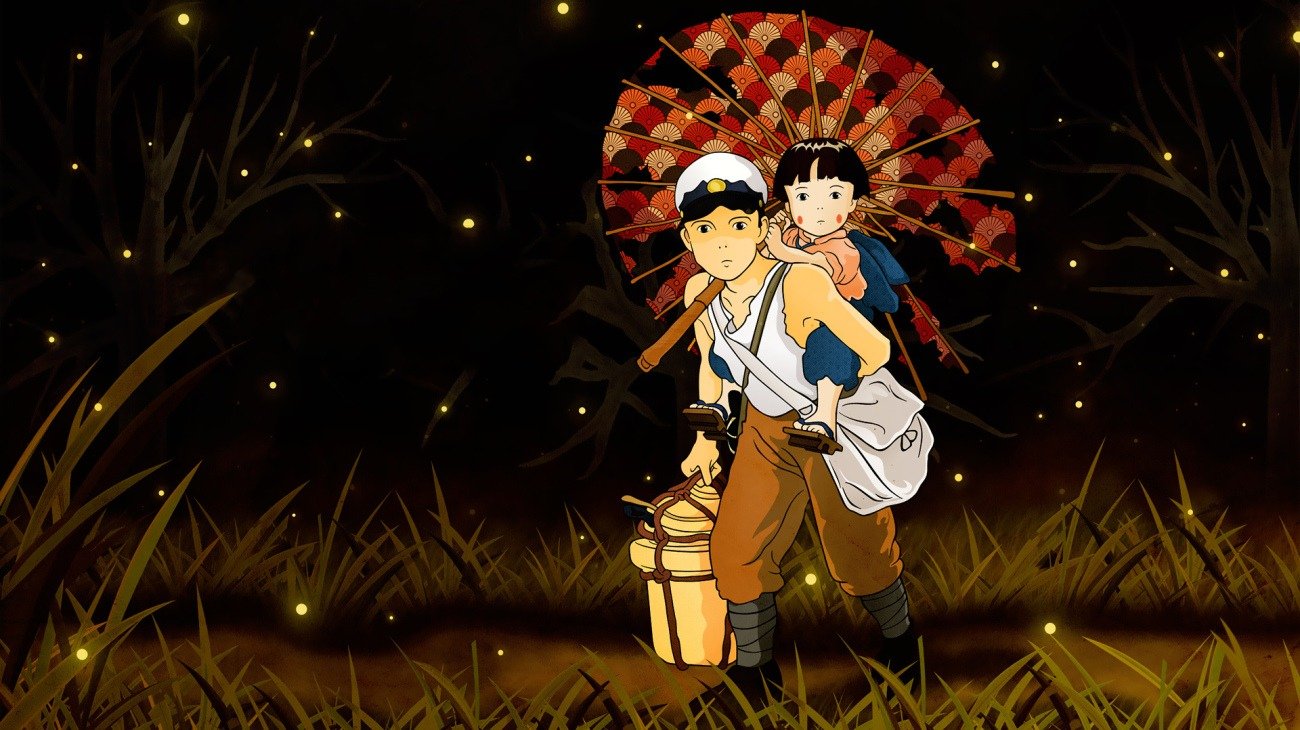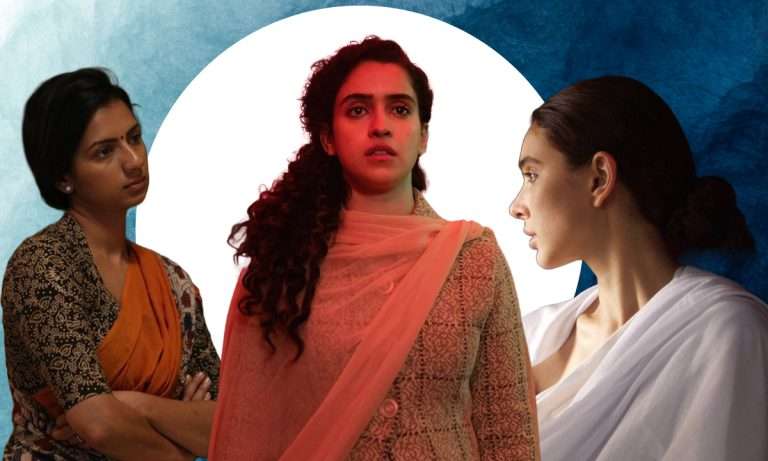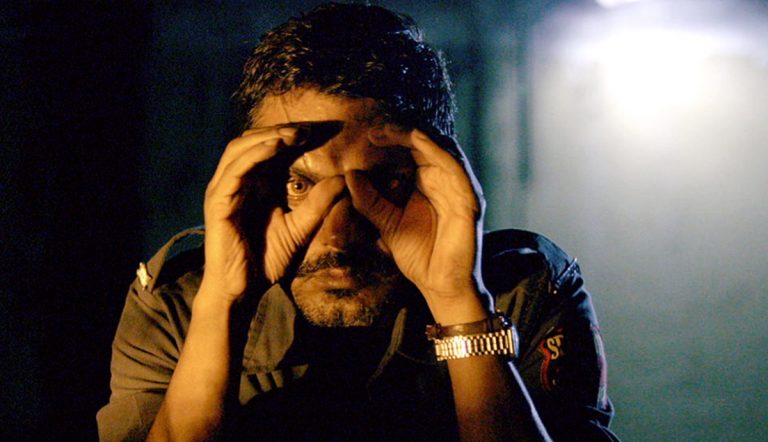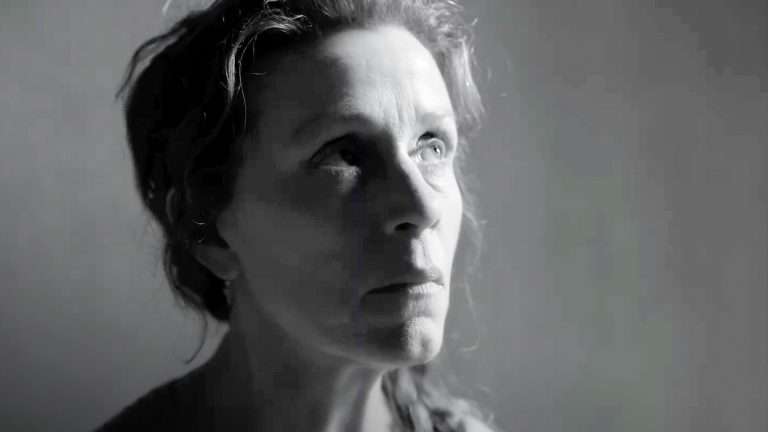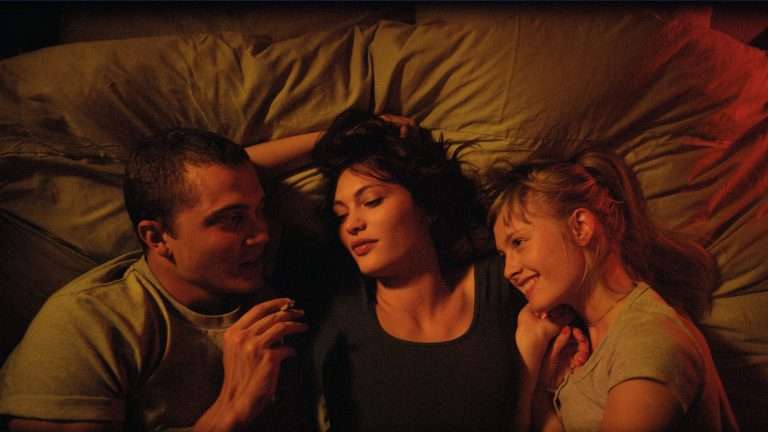All Isao Takahata Movies, Ranked: Isao Takahata, a master in the history of Japanese animation, is primarily known for being the co-founder of Studio Ghibli, along with his colleague and friend Hayao Miyazaki. As a director, screenwriter, and producer, Takahata is responsible for bringing to life some of the most profoundly influential works in the development of contemporary animation through his unique aesthetic and thematic vision.
Born in 1935 in Mie Prefecture, Japan, he was passionate about art, music, and literature from a young age. Takahta earned a bachelor’s degree in French literature at the University of Tokyo. In the ’50s, French cinema, particularly the work of the poet and screenwriter Prévert, introduced him to the field of animation. The sheer brilliance of his entire filmography makes it impossible to give an objective classification of his works, which is proposed more as a device to introduce even his lesser-known pieces.
Since his early works, Takahata has unfolded the possibilities of artistic experimentation and creativity as much as a series of recurring themes: the cyclical nature of existence, the harmonization with nature, the mundane, and the spirituality. These ten listed works, which include medium-length and feature films, represent indispensable steps in discovering the director’s path and vision. At the same time, they allow the viewer to share his unique perspective on the world of Japanese myth and tradition, the founding elements of some of his most significant features.
Recommended Read: The 10 Best Hayao Miyazaki Movies
10. Panda Kopanda Rainy Day Circus (1973)
The anime, released in 1973, is a sequel to the medium-length children’s movie Panda, Go Panda!, directed by Takahata for the A Production studio and based on the screenplay of his friend Hayao Miyazaki.
Mimiko, the heroine, lives with her father, Papanda, and his son Pan, and the anime follows their adventures. In this sequel, the trio is challenged to reunite and save the animals of a circus visiting their town.
Avant-garde in terms of direction and animation, and an entertaining film for children and families, Rainy Day Circus’ production has been made possible thanks to the tremendous commercial success of its predecessor. The anime is thematically and stylistically simpler than Takahata’s future works, but it can still be considered a milestone in his and Miyazaki’s formal pursuit. Its placement on the list does not reflect a lack of quality but proves the general validity of the filmmaker’s early pieces.
9. Panda! Go Panda! (1972)
Panda! Go, Panda! is Takahata’s 33-minute short, released in 1977 by the distribution house Toho. The sequel was made in collaboration with Hayao Miyazaki, who contributed as a screenwriter and art designer. The medium-length movie follows the escapades of cheerful little Mimiko and her adventures with the two pandas, Pan and Papanda, who have escaped from the zoo and taken refuge in Mimiko’s house. Upon discovering her to be an orphan, Papanda offers to become Mimiko’s new father. The production was, in fact, a response to the panda mania that marked 1970s Japan.
Childishly nonsensical, the protagonist’s characterization is influenced by ideas previously conceived for an anime adaptation of Pippi Longstocking, which was eventually scrapped. The film nevertheless deals with more committed undertones, such as parenting and detachment, which would later be reprised in Studio Ghibli’s masterpiece My Neighbor Totoro, of which Panda! Go, Panda! represents an embryonic version.
Also, in this case, the result is groundbreaking in terms of animation techniques and art direction, albeit still far from the masterpieces that the Takahata – Miyazaki partnership would generate in the following years.
8. Chie the Brat (1981)
Chie the Brat (Jarinko Chie) is Isao Takahata’s second feature film, released in 1981 and produced by Toho and TMS Entertainment. The format echoes that of Japanese cartoon strings. The movie is an adaptation of the manga of the same name by writer and cartoonist Etsumi Haruki. Using typical Japanese humor, it follows the young and lively protagonist Chie and her life in Osaka, surrounded by eccentric and likable characters.
Light and entertaining, Chie the Brat explores multiple subplots and allows viewers to get to know the characters’ personalities and motivations with a psychological insight previously unseen in the director’s filmography. In order to attain this, the film alternates between moments of surreal humor and more touching and melancholic sequences. What’s more apparent is the incredible attention to detail and directorial sophistication, and that too in a more experimental animation. The pace is slightly uneven, but it effectively enables all the developments in the relationships between the characters to be delicately revealed.
It’s worth noticing how Chie the Brat represents an early (but fundamental) point of arrival in Takahata’s formal research. Indeed, it is an early portrayal of some of the themes he would later reprise, such as the beauty of everyday life and the nuances of family dynamics.
7. The Great Adventure of Horus, Prince of the Sun (1968)
The Great Adventure of Horus, Prince of the Sun is the first feature film directed by Isao Takahata, then an employee of the Japanese production company Toei Dōga.
Rather than for any real commercial purpose, the film was produced as a concession in response to the intense labor protests that swept through Toei since 1965. Along with the work schedules, the animators were plagued by the climate of extreme creative austerity imposed by the production, which then granted carte blanche to the protest leader, Yasuo Ōtsuka, to produce the project. The direction was entrusted to the young Isao Takahata, alongside mentor Yasuji Mori. Part of the animation was assigned to Hayao Miyazaki himself, marking the beginning of the long collaboration between the two artists.
The subject is based on Chikisani no taiyō, a puppet theater play written by screenwriter Kazuo Fukazawa and inspired by Ainu’s folkloric traditions. Ōtsuka and Takahata, convinced that animation was ready to break free from the children’s genre label, agreed to craft an adult and experimental work, favoring substantial directorial sophistication and adult themes.
Even though it is clearly a film of still rough realization, it remains one of the most influential animated films in history. It consisted of the team’s first opportunity to put into practice completely new technical possibilities and stylistic orientations, setting the stage for a unique aesthetic that profoundly marked the world of Japanese animation.
6. My Neighbors the Yamadas (1999)
My Neighbors the Yamadas is, once again, a feature film based on a manga, in this case, the comic manga Nono-chan (by Hisaichi Ishii). It was released in 1999. Produced by Studio Ghibli, it reprises themes already introduced in Jarinko Chie and Only Yesterday, exploring the everyday life of a Japanese family. The Yamada family, consisting of the parents, two children, the grandmother, and a little dog, is portrayed through various episodes of their daily lives, from domestic situations to family outings.
The animation, stylized and laden with watercolor overtones, is a far cry from the style for which Takahata is best known but fits perfectly with the humor and worldliness of the scenes depicted. It is also the first Ghibli studio film to have used elements of computer graphics in a perfect marriage of minimalism and creativity. Although it lacks a traditional narrative structure, My Neighbors the Yamadas is a plunge into a tender and magical reality in which it is easy to recognize oneself and in which the viewer grows to appreciate the personalities, inner selves, and unique characteristics of each character.
5. Gauche the Cellist (1982)
The director’s third feature-length animated film, Gauche the Cellist, was released in 1982 and produced by Oh! Production. It was adapted from Kenji Miyazawa’s short story of the same name. Gauche is a country boy who plays the cello in the local orchestra, a practice to which he devotes his whole self. Unfortunately, not being an exceptionally skilled musician, he is blamed by the conductor for damaging the entire orchestra preparing for the next performance. In an attempt to learn Ludwig van Beethoven’s Sixth Symphony, Gauche is visited by some animals, who ask him bizarre musical demands.
Takahata succeeds in staging a very mature work (both stylistically and thematically), incorporating music and animation with unprecedented delicacy. Music is a crucial element of the story and a foundational element of the images, surpassing the conception of the soundtrack as mere accompaniment. The central theme becomes introspection, self-discovery, and inner growth, in an anime that marks Isao Takahata’s achievement of artistic maturity and the discovery of his personal style.
The beautifully animated film also poetically depicts a cross-section of 20th-century rural Japan, poised between tradition and modernity. It reflects the values often extolled in Takahata’s works, such as altruism, harmony, and cooperation.
4. Only Yesterday (1991)
Only Yesterday is Isao Takahata’s second directorial project under the Studio Ghibli banner. It’s adapted from the homonymous manga by Hotaro Okamoto and Yuko Tone. A blockbuster in Japan in 1991, it is a realistic drama aimed at adult audiences. It follows the story of Taeko, a young woman employed by a Tokyo company. Taeko finds herself at a crossroads, poised between youth and adulthood. Her trip to the countryside to help with the annual safflower harvest alternates with memories of her childhood, the carefree nature, which she recalls with melancholy. Stylistically, the film contrasts a vague stylization for the past time with the accentuated realism of the present time.
Taeko’s journey soon becomes a journey of self-discovery, guided by the very child self she had forgotten as she grew up. Impeccably technically crafted and with a powerfully introspective narrative, the depth of its themes and the slow pace renders it one of the director’s least accessible films. By no means less fascinating, it is remembered today as one of the filmmaker’s most underrated anime.
3. Pom Poko (1994)
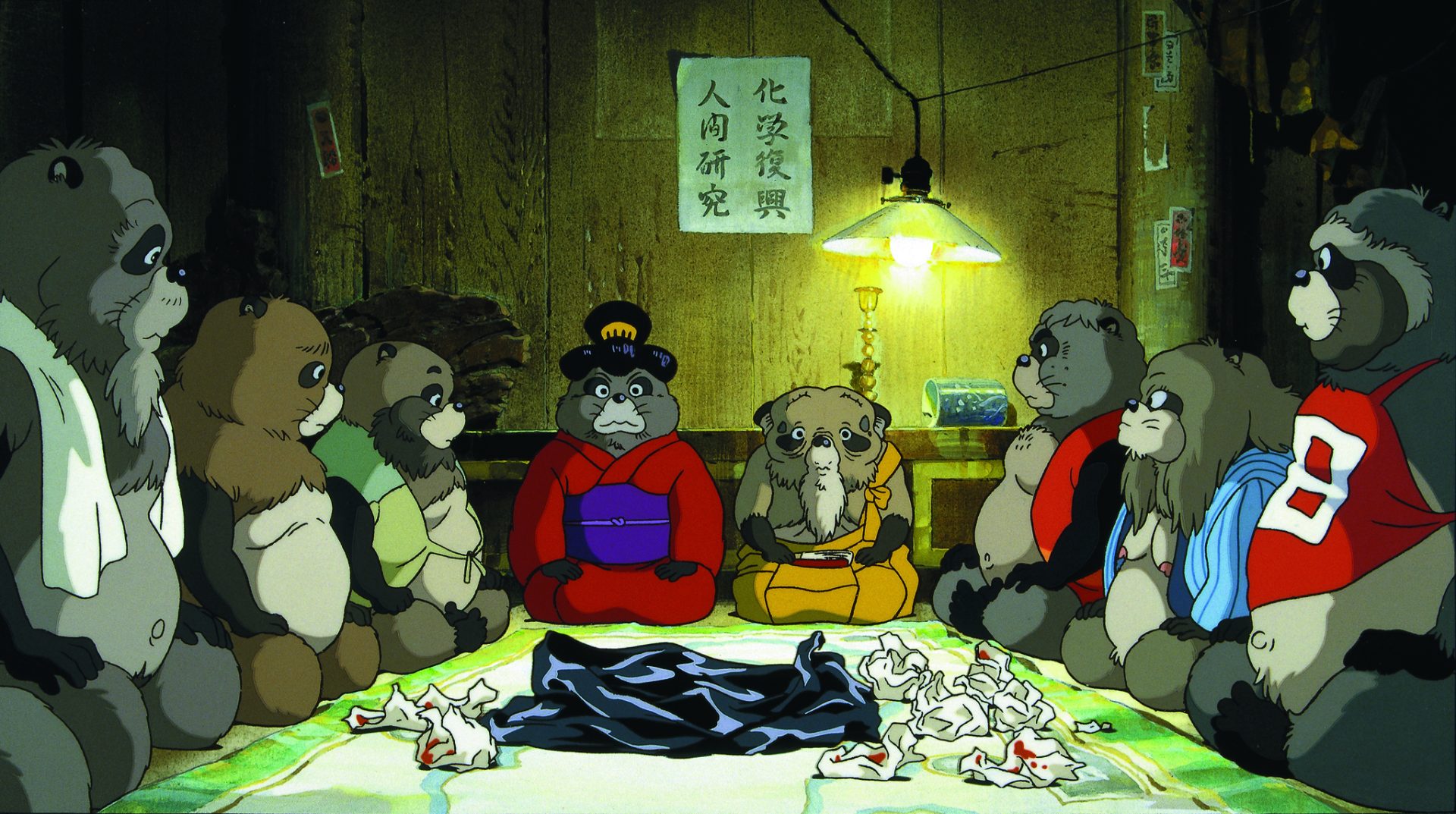
Pom Poko, released in 1994, is based on Kenji Miyazawa’s short story Futago no hoshi. The protagonists are the tanuki (animals also known as “raccoon dogs“) who inhabit Tama Hill and their battle against humans who want to clear it for redevelopment into a residential area. To thwart the humans, the tanuki exploit the art of transformism, traditionally associated with these animals, which allows them to change their appearance. Indeed, the film is particularly fascinating in its exploration and depiction of Japanese culture and folklore, to which the tanuki’s appearance and their various transformations refer.
Pom Poko is a great tribute to the tradition of Japanese legend, the stories and figures that populate it, and to its symbols and spirits. At the same time, it echoes the strongly environmentalist vision characteristic of Studio Ghibli’s entire production. The conflict between nature and man is, in fact, the film’s backbone. Thoughtfully discussed are its possible consequences and solutions: from eco-terrorism to resignation to coexistence.
2. The Tale of the Princess Kaguya (2013)
The Tale of the Princess Kaguya, released in 2013, is the last anime directed by Takahata. Completed over eight years, it is a free adaptation of the 10th-century Japanese tale Taketori Monogatari.
In the anime, an elderly, childless peasant couple discovers a glowing creature in a bamboo stalk, which soon takes the form of a newborn girl. Deciding to adopt her, the two christen her Princess and care for her to the best of their ability. Princess will experience both living in the village, grounded in harmony with nature and its cycles, and life in the capital’s high society, which is deemed more in accord with her exceptional nature.
The film marks the pinnacle of the potential of Japanese animation. It perfects the experimentation introduced with My Neighbors the Yamadas in a moving exploration of human beings’ contradictory relationship with spirituality. Smooth storytelling, extraordinary artistic vision and execution, and Joe Hisaishi’s excellent musical score all add up to make each sequence breathtaking and unforgettable. Isao Takahata’s testament, The Tale of the Princess Kaguya, is an extraordinary work that deserves to be included among the most memorable operas in the history of cinema.
1. Grave of the Fireflies (1988)
Grave of the Fireflies, an animated masterpiece that made its mark on cinema history, is still one of the most profound anti-war films ever made. Based on a short story by author Akiyuki Nosaka, it is Takahata’s first film for Studio Ghibli.
The neo-realist anime is a harrowing transposition of the truth of war and the horror of those who are its most helpless victims. The main characters are the young Seita and his little sister Setsuko. The movie centers on their attempt to survive the loss of their home after the June 1945 bombing of Kobe. No matter where they go, the two children encounter indifference, selfishness, militarism, and brutality, as much in enemy artillery attacks as in the behavior of their compatriots.
Grave of the Fireflies, however, is more than a mere spectacle of pain or a pure indictment of war, a denunciation of its instruments and by-products. The anime is a tribute, and a memorial, that gently remembers all the people who had no choice but to suffer the war and of whom we are regrettably left with nothing. Because of this, the two children are the only ones for which the film’s most beautiful and harmonious moments are reserved, and their every moment spent together is depicted with respect and delicacy.
Each sequence, portrayed with a unique visual grace and refinement, does not at any time seek to turn the war into a spectacle. The purpose is to make the viewer reflect on the reality of wars, even a tiny slice of it, which is almost overlooked in the larger scheme of history. Studio Ghibli’s masterpiece is not only the director’s best film, difficult as it may be to make such a sorting, but one of the most important works ever made in history, animated or not.

